Woman’s Pet Micro-Pig Grows Into 150-Kg Behemoth

A Chinese woman who thought she had bought a pet micro-pig three years ago ended up with a 150-kg regular pig usually bred for its meat. In 2018, Zhang Li, a young woman living in Shanghai, decided to get a pet animal for company. She wasn’t really a cat or dog person, so she started […]
The Sad Story of the Last Free Macaw in Rio de Janeiro
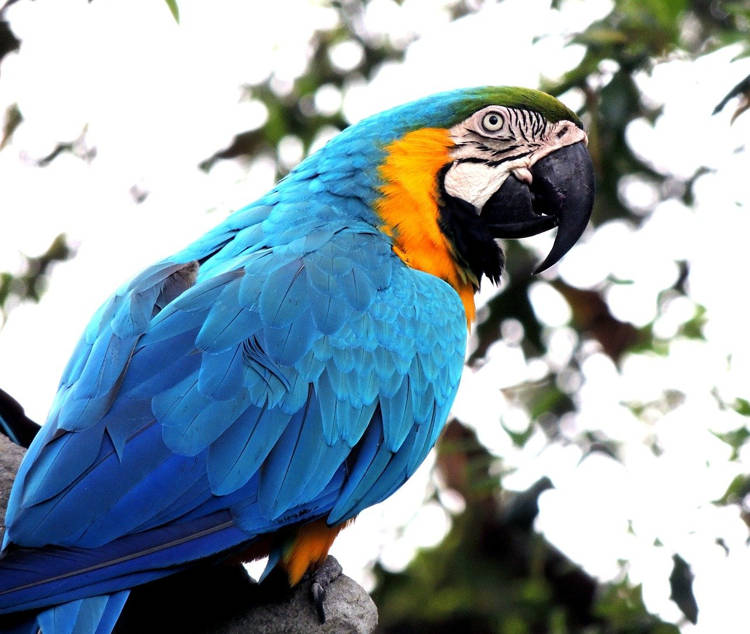
Almost every morning for the past two decades, Juliet the macaw has been visiting the local zoo in Rio de Janeiro to interact with others of her kind through the metal enclosure. She is the only wild macaw in the Brazilian metropolis, and this is her only opportunity to socialize. Macaws are social birds, so […]
The World’s Smallest Chicken Breed Is Also the Most Pompous
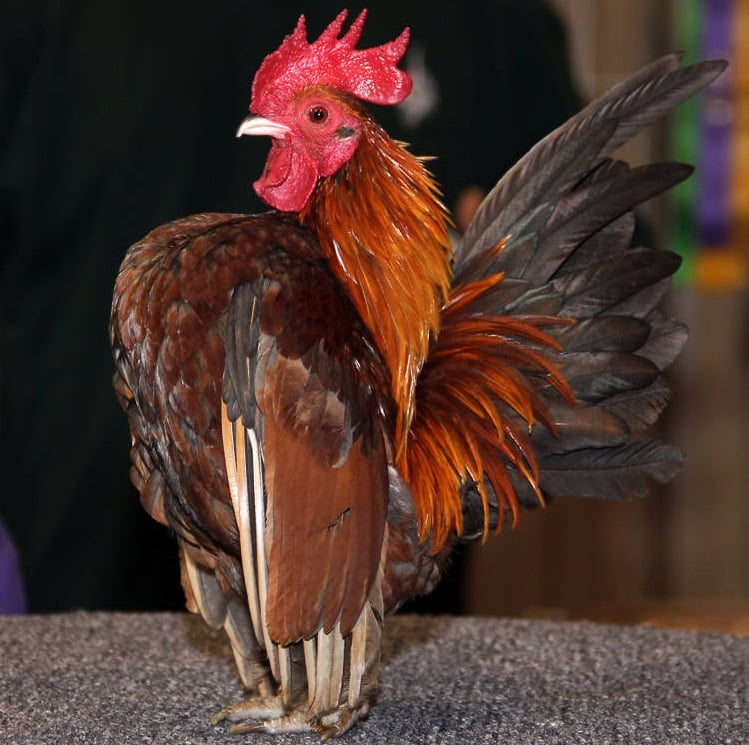
Serama chickens are the smallest in the world, but you really couldn’t tell by their attitude. Seeing them pose with their head pulled back and chest sticking out, you’d think they were some sort of feathered bodybuilders. The Serama chicken breed can be traced back all the way to the 1600s, to the Kelantan province […]
Meet Mao Mao, a Feline Car Model That Earns More Than Most Humans

Mao Mao, a two-year-old British Shorthair from Chongqing, China, works as a professional cat model and earns between 5,000 yuan ($775) and 10,000 yuan (1,550) per appearance. Mao Mao’s rise to fame was somewhat of an accident. Her owner, a man surnamed Zheng, works in the automotive industry, and during an auto show he had […]
Machine Gun Woodpecker Lives Up to Its Nickname
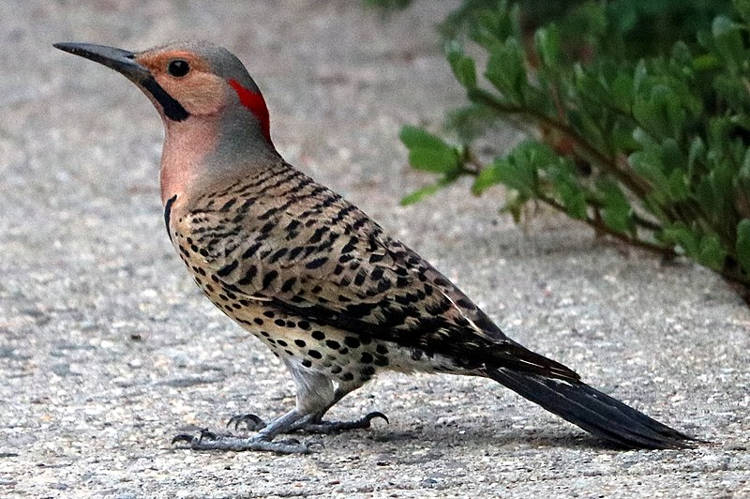
Male and female Northern Flickers are popularly known as “machine gun woodpeckers” because of the sound they make when hitting their beak on metal, which sounds a lot like the sound of a real machine gun. The Northern Flicker is a woodpecker native to most of North America, parts of Central America, Cuba, and the […]
Russian Couple Share Their House With Full-Grown Mountain Lion

Aleksandr and Maria Dmitriev, a young couple from Penza, Russia, have been sharing their home with a mountain lion for the past three years. Cats are in the top two most common pets worldwide, but the cat Aleksandr and Maria Dmitriev live with in their small one-bedroom apartment is a little different. Messi is a […]
The Israeli City Where Humans Live Alongside Wild Boars
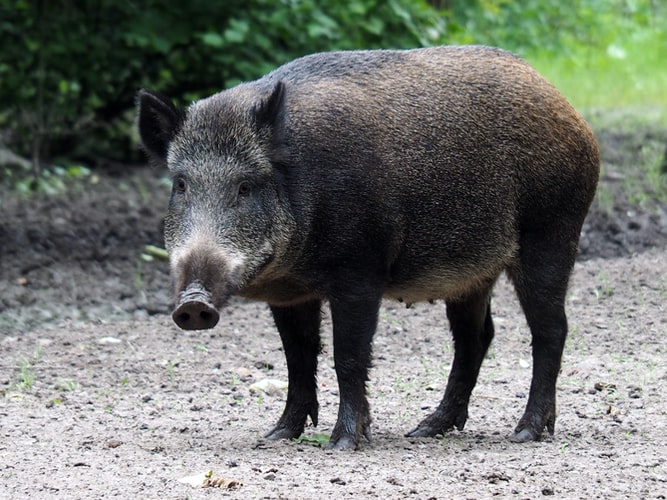
The people of Haifa, a city in Northern Israel, have become used to sharing the streets with wild boars, or even seeing them rummage through their trash cans. The animals have become a part of thee local culture. No one really knows when and why the boars decided to move from the ravines around Haifa […]
Meet Spitfire, the Michael Jordan of Dock Diving Dogs

To a regular person, Spitfire the dog may look like just another Whippet, but to connoisseurs of the dock diving circuit, he is an incredible athlete in the same league as icons like Michael Jordan, Tiger Woods or Babe Ruth. Before the Covid-19 pandemic hit, eight year-old Spitfire and his 16-year-old handler, Sydney, dominated the […]
Political Candidates in India Are Using Stray Dogs as Walking Billboards

Elections in India’s Uttar Pradesh state are literally going to the dogs as several candidates are reportedly using stray dogs as billboards to make sure their campaign messages reach as many people as possible. At least two candidates – one in Rae Bareli and another in Ballia district – have been attaching their campaign banners […]
This Caterpillar Mimics a Scary Skull to Keep Predators at Bay
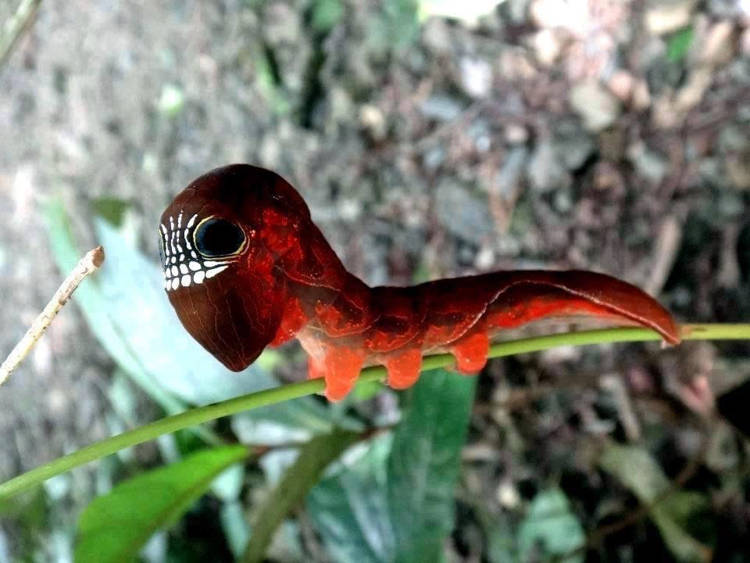
The caterpillar of the rare pink underwing moth has a very peculiar defense mechanism. When disturbed, it suddenly arches its back to reveal a pair of large, frightening eyes and what looks like a two rows of barred teeth. The pink underwing moth is a rare and enigmatic insect found from subtropical New South Wales […]
Scientists Now Know Why These French Rabbits Do Handstands When Moving Fast

For over a century, animal experts have known that a certain variety of rabbits move exclusively on their front legs when trying to move fast, but they’ve only recently learned why that is. The Sauteur d’Alfort, also known as the Alfort jumping rabbit have baffled scientists for more than a decade. Unlike other rabbit varieties, […]
Brain Condition Causes Bear Cubs to Become Unusually Friendly to Humans

A number of black bear cubs in California have been exhibiting unusually friendly, dog-like behavior around humans, and scientists believe a brain illness may be to blame. Last month, California Department of Fish and Wildlife picked up a bear cub from a residential backyard. The animal had simply moved in there and didn’t seem to […]
The Fish That Mimics a Dead Tree Leaf to Catch Unsuspecting Prey
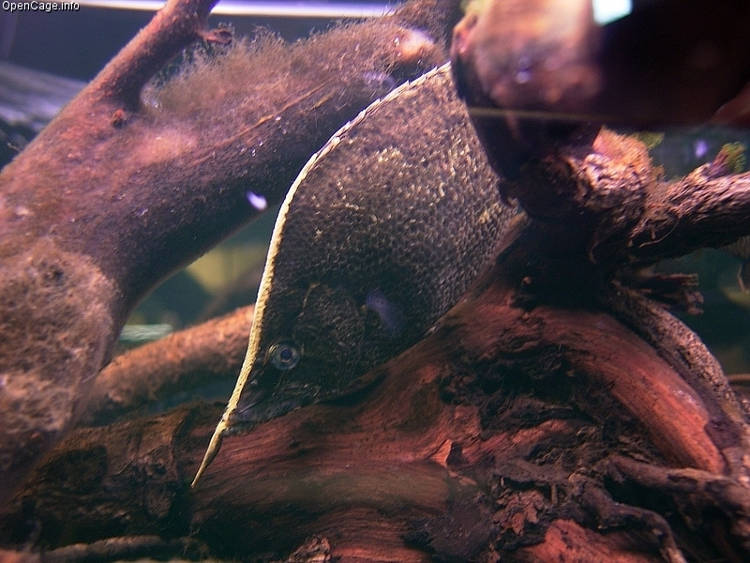
The South American Leaf Fish is a remarkable predator that relies on almost perfect camouflage and patience to both ambush unsuspecting prey, and escape larger predators. Native to the Amazon basin in Bolivia, Brazil, Colombia, Peru and Venezuela, the aptly-named leaf fish does a great job of imitating a dead leaf floating near the bottom of the river. Not only has it […]
This Rare Bird Could Go Extinct Because It Has Forgotten Its Mating Song
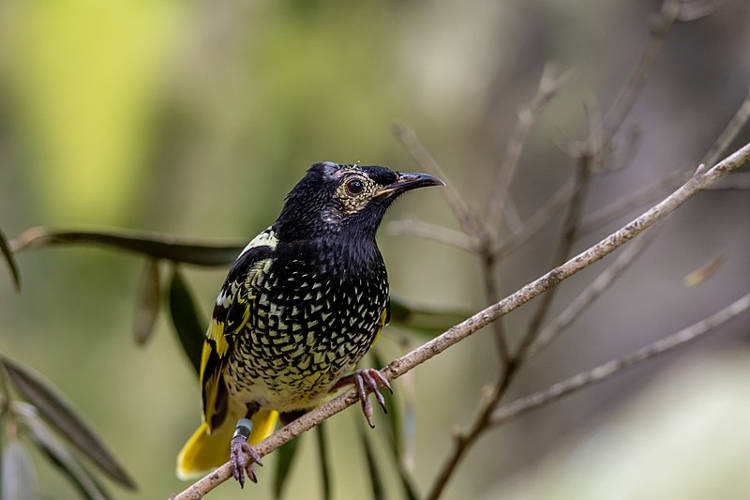
The regent honeyeater is already one of the world’s rarest birds, but experts are worried that it could soon go extinct, because they have forgotten how to sing. Flocks of hundreds of regent honeyeaters could once be spotted all over south-eastern Australia on a regular basis, but today the species is critically endangered, with only […]
Galaxy Dane – Woman Uses Vegetable-Based Dye to Make Her Dog Look Out-of-This-World

Echo, a two-year-old Harlequin Dane, has been turning heads everywhere she goes after her owner dyed her coat purple, blue, pink and turquoise. Sierra Schoon, a 22-year-old woman from Grand Junction in Colorado, has been coloring her psychiatric service dog, Echo, using pet-safe dye, ever since the dog was about six-months old. The young dog […]
